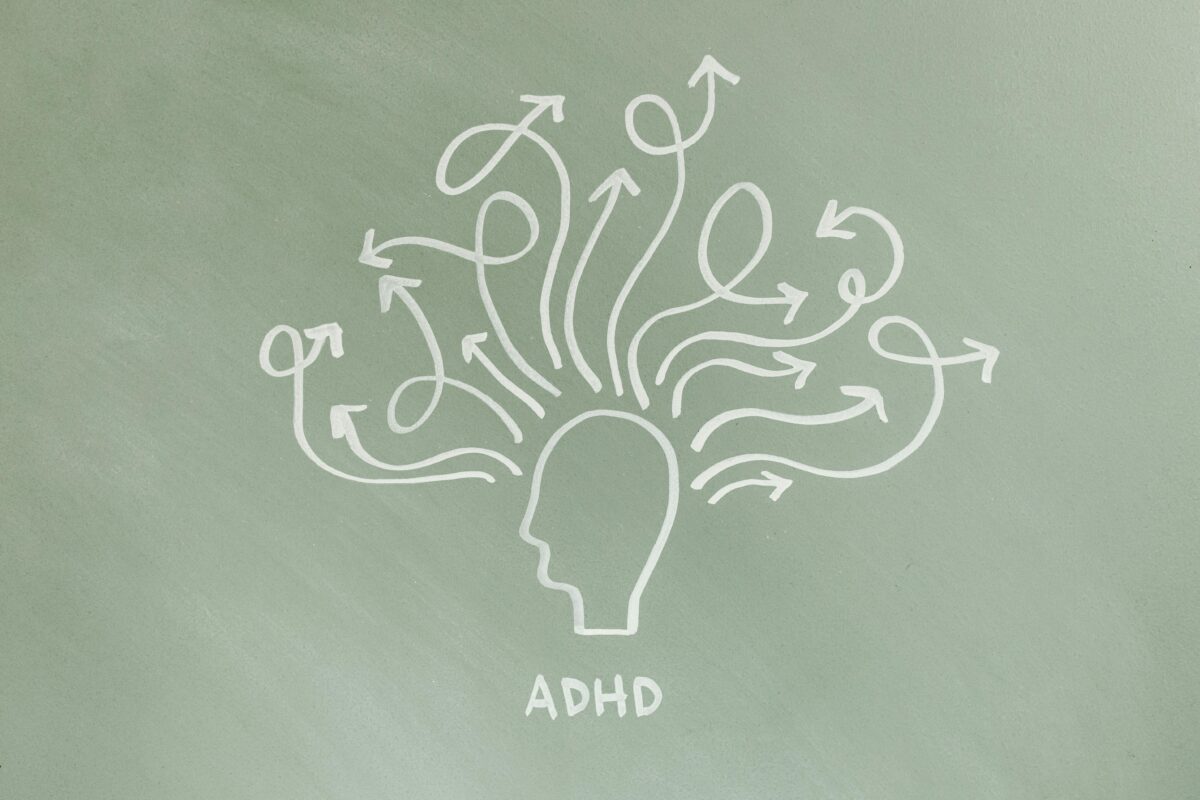Key Takeaways
- ADHD is frequently missed in girls, women, and quiet or perfectionistic individuals who internalize their symptoms.
- High-IQ or gifted individuals may mask ADHD symptoms with intelligence, leading to delayed recognition and mislabeling.
- “Twice-exceptional” kids often struggle with organization, follow-through, and emotional control despite being bright.
- ADHD can present without meeting full diagnostic criteria, but still cause major life impacts.
- Diagnosis and support can help individuals understand their brains and unlock strategies that work with their strengths.
Many people with Attention-Deficit/Hyperactivity Disorder (ADHD) don’t fit the stereotypes. They may be quiet, high-achieving, or emotionally intense. Some fly under the radar because they don’t cause disruptions, but they’re still struggling on the inside.
In this post, we’ll explore how ADHD can be masked by intelligence, personality, or gender, and why so many people don’t get the help they need until much later.
Gender Differences in ADHD: Why Girls Are Often Missed
Girls and women with ADHD often look very different from their male counterparts. Instead of acting out, they may internalize their struggles, leading to:
- Quiet inattention – Daydreaming, slow to complete tasks, easily overwhelmed.
- Perfectionism or people-pleasing – Masking difficulties with overcompensation.
- Social struggles – Excessive talking, sensitivity to rejection, or emotional intensity.
Because these symptoms don’t always cause disruptions in the classroom, girls are less likely to be referred for assessment. Many are first diagnosed as adults, often after years of being mislabeled as anxious, disorganized, or “just emotional.”
High Intelligence and ADHD: The Twice-Exceptional Dilemma
Children with average to high cognitive abilities, especially those who are gifted, may compensate for ADHD symptoms for a long time. These “twice-exceptional” students often:
- Score well on tests but forget to turn in homework.
- Hyperfocus on topics they love, yet neglect required tasks.
- Struggle with organization, time management, or emotional control.
- Appear lazy, oppositional, or inconsistent despite being very bright.
Their intelligence can mask their challenges, until academic demands increase and they can no longer compensate on their own. A comprehensive neuropsychological evaluation can identify these hidden challenges, allowing for appropriate supports while still honoring their strengths.
How ADHD Is Diagnosed and Why Some People Are Missed
ADHD is diagnosed using criteria from the DSM-5-TR, which outlines a persistent pattern of inattention and/or hyperactivity-impulsivity that:
- Begins before age 12
- Occurs in two or more settings (home, school, work)
- Interferes with social, academic, or occupational functioning
- Is not better explained by another mental health condition
There are three subtypes: inattentive, hyperactive-impulsive, and combined. But not everyone fits neatly into these categories. Some individuals experience subthreshold symptoms. They struggle in real and significant ways, even if they don’t meet full diagnostic criteria.
These individuals often benefit from support, even without a formal ADHD label. A comprehensive neuropsychological evaluation can uncover patterns of attention, executive functioning, memory, and processing speed that inform a more nuanced understanding.
Why These Differences Matter
Understanding how ADHD presents across different ages, genders, and ability levels is key to avoiding missed or misdiagnoses. Left unrecognized, ADHD can lead to years of underachievement, self-doubt, and mental health challenges like anxiety or depression.
With the right support, individuals with ADHD can thrive, not in spite of their brains, but with a better understanding of how they work.
You don’t have to wait for things to get worse before seeking answers. If you or your child are bright, sensitive, and struggling in ways others don’t see, it may be time to look beneath the surface.
→ Contact my office to schedule a consultation


